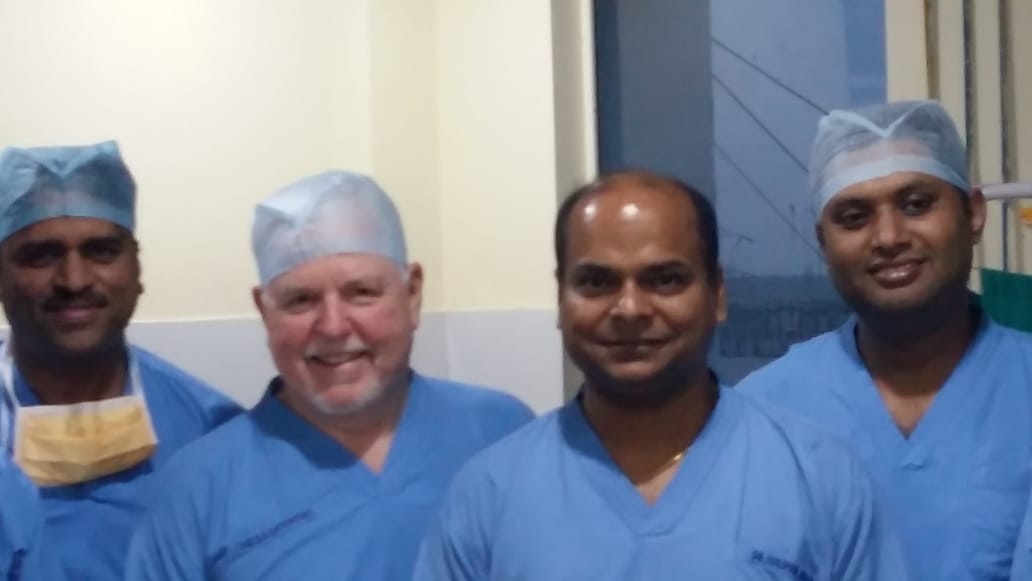KalingaTV News Network
Bhubaneswar: In what can be considered as a landmark development in the medical field in Odisha, the city based Kalinga Institute of Medical Sciences (KIMS) has successfully conducted the first case of Trans-catheter Aortic Valve Replacement (TAVR).
This state-of-the-art procedure was done at KIMS by Cardiologist Dr. Anupam Jena and his team. Dr. Michael Caskey from USA helped the team in successfully performing the procedure. In fact, the patient was a 72 year old female who was suffering from narrowing of the aortic valve. She was complaining of chest pain and breathing difficulty.
The patient was evaluated by cardiologist and cardiac surgeon and was found to be at high risk zone for carrying out of an open heart surgery on her. Therefore, she was advised to undergo Trans-catheter Aortic Valve Replacement (TAVR). Subsequently, the patient underwent TAVR. She is doing well now and will be discharged in 2-3 days. TAVR or Trans-catheter Aortic Valve Implantation (TAVI) is a minimally invasive procedure that repairs the Aortic valve without removing the old, damaged valve.
Instead, it wedges a replacement valve into the aortic valve’s place. Somewhat similar to a stent placed in a coronary artery, the TAVR approach delivers a fully collapsible replacement valve to the valve site through a catheter. Once the new valve is expanded, it pushes the old valve leaflets out of the way and the tissue in the replacement valve takes over the job of regulating blood flow.
This procedure is fairly new and is FDA approved for people with symptomatic aortic stenos is who are considered an intermediate or high risk patient for standard valve replacement surgery. Usually valve replacement requires an open heart procedure with a “sternotomy.”, in which the chest is surgically separated (open) for the procedure. The TAVR or TAVI procedures can be done through very small puncture in the femoral arteries at the groin leaving all the chest bones in place.
A TAVR procedure provides beneficial treatment options to people who may not have been candidates for them a few years ago while also providing the added bonus of a faster recovery in most cases. A patient’s experience with a TAVR procedure may be comparable to a balloon treatment or even an angiogram in terms of down time and recovery, and will likely require a shorter hospital stay (average 3-5 days).




 Ms Kalinga
Ms Kalinga